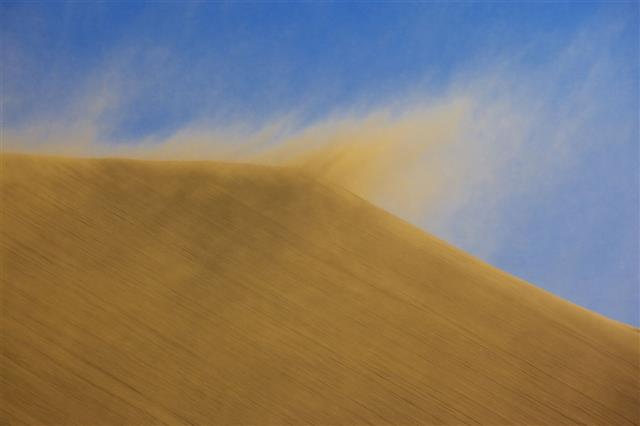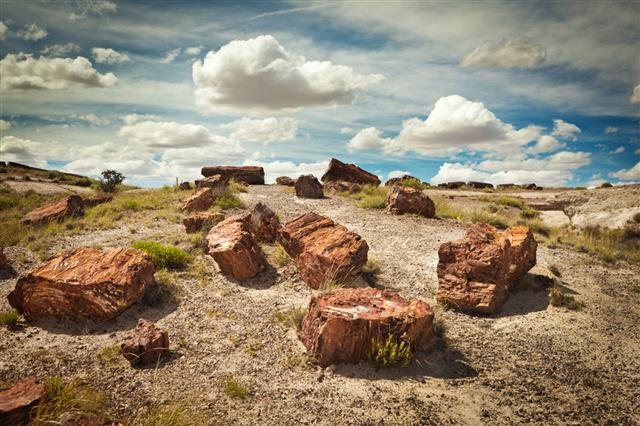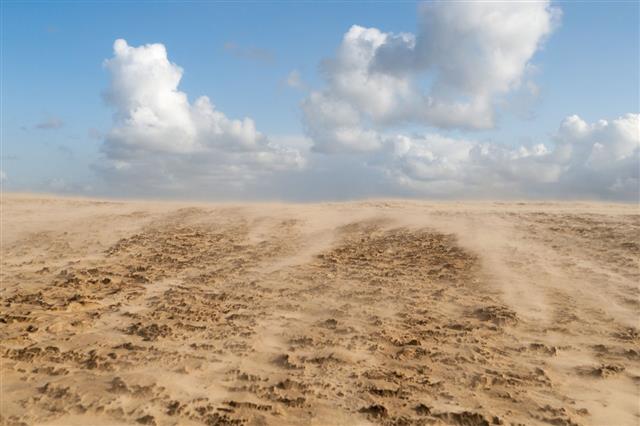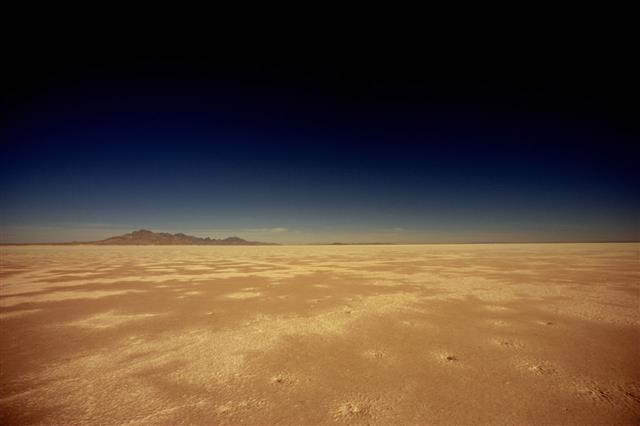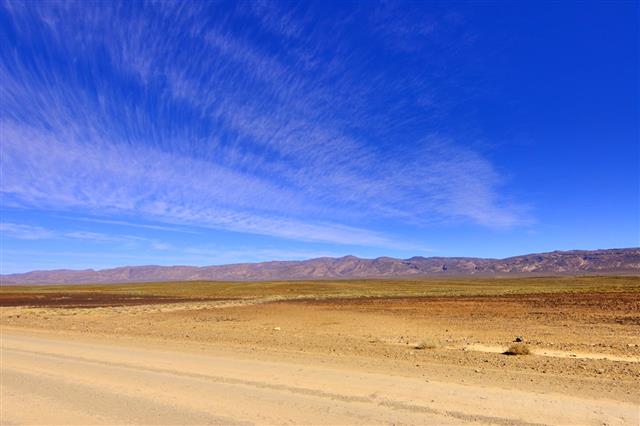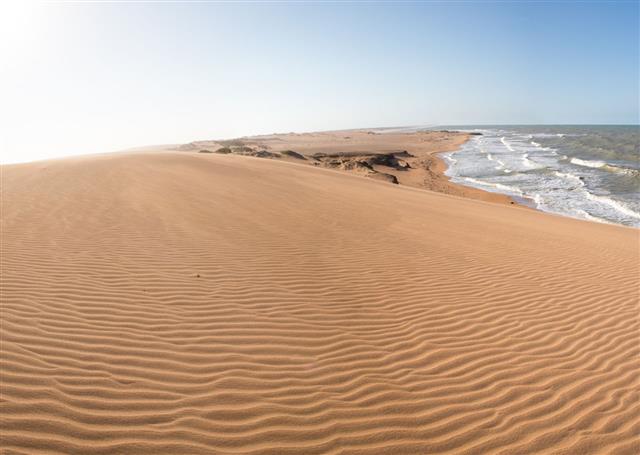
Have you ever been curious about the Sahara desert climate? If you have, then this is the right article for you. Read and learn more about this fascinating phenomenon through this ScienceStruck article.
The Sahara desert is scorching hot and is characterized by vast expanses of sand that run for miles. This desert is rightly called a ‘phenomenon’ because, in spite of all the, rather extreme conditions, there are animals that inhabit it and plants that thrive there. How is that possible and why does it come about?
In this following ScienceStruck article, we will delve a little deeper into this subject and understand what the Sahara desert’s climate is like.
History
- The climate of the Sahara was established 5 million years ago in the Pliocene Epoch.
- It is characterized by short to medium length humid and dry conditions.
- During the 16th and 18th century when Europe experienced a little ‘Ice Age’, the climate underwent some change.
- The result was an increase in the amount of precipitation that continued till the 19th century.
- However, after the 19th century, the precipitation underwent a change and gradually decreased to form a much drier and hotter climate.
- It is this climate that we experience as the Sahara climate today.
The Climate
The north region of the Sahara desert has a dry subtropical climate. This is characterized by a very cold winter season, a scorching summer, annual high temperature ranges, and two rainy seasons. This climate is caused due to the high pressure cells that are found over the tropic of Cancer. The average temperature of the Sahara desert is usually around 38 °C (100.4 °F ). The highest temperature recorded to date has reached 58 °C (136.4 °F ) in Azizia, Libya. The average rainfall is about 3 inches per year. The rains usually fall in August and are accompanied by ‘August storms’ which cause flash floods that transport water to the other parts of the desert.
The southern region of the Sahara desert has a dry tropical climate, wherein a stable continental air mass exists along with an unstable marine air mass. The annual rainfall in this region is about 5 inches, with snow in higher regions. The average temperature is about 31.5 °C (88.7 °F) and in the higher elevations is about 5 °C (41 °F). The cold canary current that is present in the western part of the tropical region, leads to a change in the Sahara desert climatic conditions by lowering the average temperatures, reducing the amount of rainfall, and increasing the humidity and the occurrence of fogs.
Climate Change
The climate in the Sahara desert has always been dry and arid. In fact, these are the exact terms that are synonymous with the Sahara desert climate. But did you know that 6000 years ago, there were certain areas in the Sahara that had abounding rainfall and rife vegetation? These were covered with tropical Savannah grasslands and lakes. All of which made human habitation possible. But due to climate changes in the climatic cycle, the grasslands changed to a desert. This process, known as desertification, made it impossible for humans to exist there. The only region that was inhabited by humans was the Nile valley. However, around 10,500 years ago there were sudden bursts of monsoon rain over the Sahara desert and these were responsible for converting the land into a place which could be colonized. This allowed for humans to move into the area. So also, in the Egyptian Sahara, the semi barren climatic conditions allowed for shrubs and grasses to grow, as well as certain trees that grew near ground water sources. This encouraged both, animals and humans to move into the areas.
The Sahara desert climatic cycle shows records of 10,500 years ago and bring forth the fact that there was no human occupation in the Sahara. Then, as continued rainfall occurred from 10,500 years till 7000 years ago, the Sahara desert became inhabited by animals and humans. However, for 2000 years thereafter, the monsoon began to retreat and that instigated the humans to move to other habitable areas and conditions.
The climate of the Sahara desert is truly a thing of wonder. Scientists say that the Sahara desert climate continues to change even today… so who knows, in a few thousand years we might have to study a new chapter of the same.
